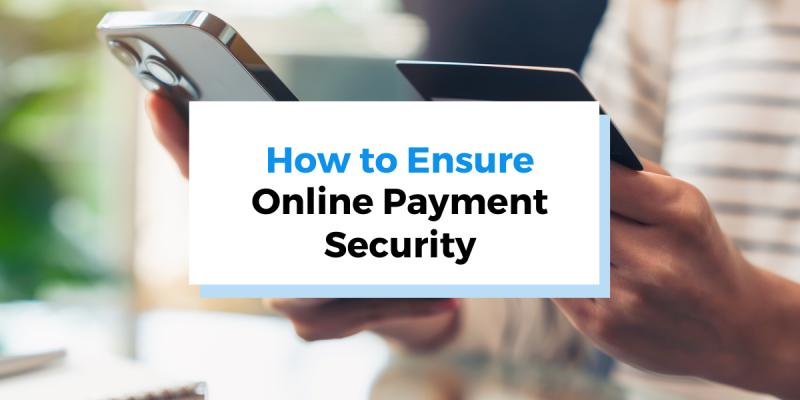As more of our financial lives are conducted online, digital payments have become the cornerstone of modern convenience.
From banking apps and digital wallets to cryptocurrencies, these innovations have made transactions faster and more accessible than ever before. But this convenience also comes with risks – and that means a growing threat of cybercrime.
To safely navigate the digital landscape, get expert tips from Kaspersky cybersecurity experts.
1. Beware of financial phishing
Phishing remains one of the biggest threats in the digital world. In 2023, financial phishing attacks accounted for 27 percent of all phishing attacks against business customers worldwide, and 30 percent against private customers.
Cybercriminals create deceptive emails and text messages that mimic legitimate messages to trick recipients into divulging sensitive information or clicking malicious links. To be safe, always double-check the authenticity of emails and text messages before sharing account information or making payments. When in doubt, visit official websites or use trusted apps directly.
2. Avoid banking Trojans
Banking Trojans are another common threat. These malware often pose as legitimate apps to trick users into installing them via phishing messages or third-party app stores.
Once installed, these Trojans can overlay your real banking app and steal your credentials when you log in.
To protect yourself, only download apps from official sources like the Google Play Store or Apple App Store, and be wary of apps that ask for permission to access SMS messages.
3. Protect your data by securing your digital connection
An insecure internet connection can expose your payment information to hackers. While most digital wallets use encryption to protect your data, it’s best to avoid logging into your online bank account over public WiFi. Instead, use a 4G connection or a Virtual Private Network (VPN) for added security.
4. Secure your devices
If your phone, tablet or computer is lost or stolen, criminals could gain access to your financial information. To prevent this, lock your devices and financial apps with a unique, strong password.
Additionally, set up alerts with your bank to monitor your account activity and identify suspicious transactions quickly. Remember that even small fraudulent charges can add up over time, so vigilance is key.
5. Use comprehensive security software
It’s essential to install a robust cybersecurity solution on all devices used for financial transactions. Kaspersky recommends using Kaspersky Premium, which includes a special feature called Safe Money. This tool is designed to protect your online shopping and banking, ensuring both your money and personal information are protected from cyber threats. Regularly update your operating system and apps, and scan your devices to stay one step ahead of emerging risks.
6. Monitor your financial activity closely
Even if you have security measures in place, it’s important to constantly monitor your banking transactions. Hackers don’t always target large transactions. Sometimes they start with smaller amounts that may go unnoticed.
Set up alerts for all transactions, no matter how small, and report any suspicious activity to your bank immediately.
- March Madness 2025: Printable Bracket, Game Schedule & How to Watch - March 13, 2025
- March Madness Miracles: Worst Records to Get an NCAA Tournament Bid - March 13, 2025
- NCAA DI Wrestling Championships 2025: How to Watch, Brackets & Selection Info - March 13, 2025





